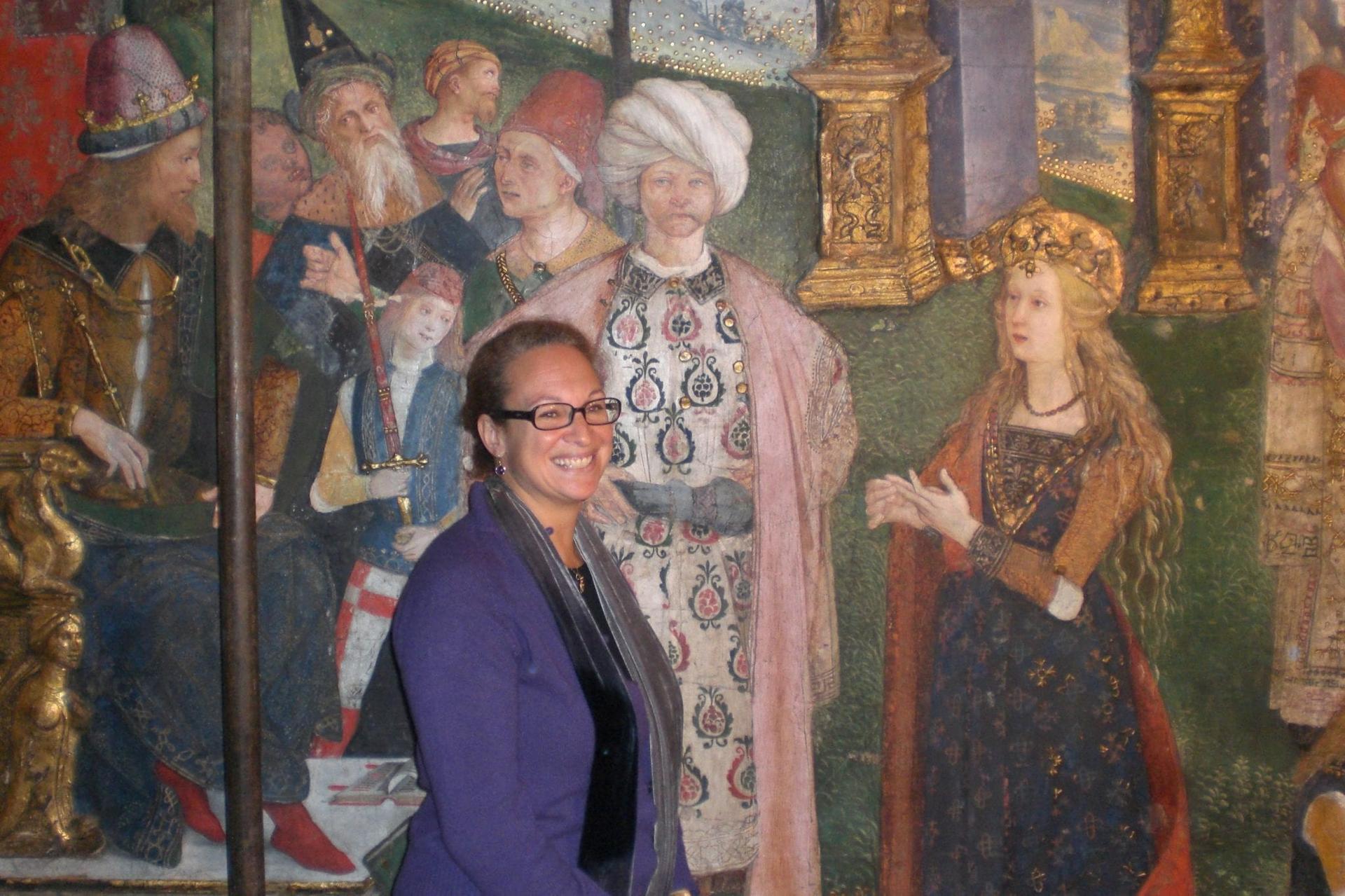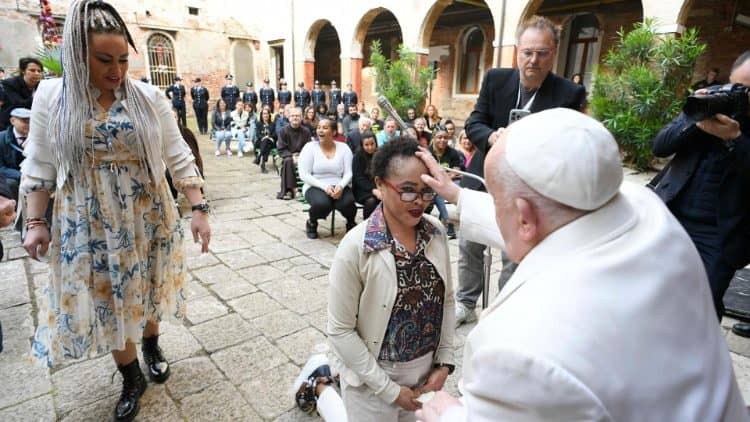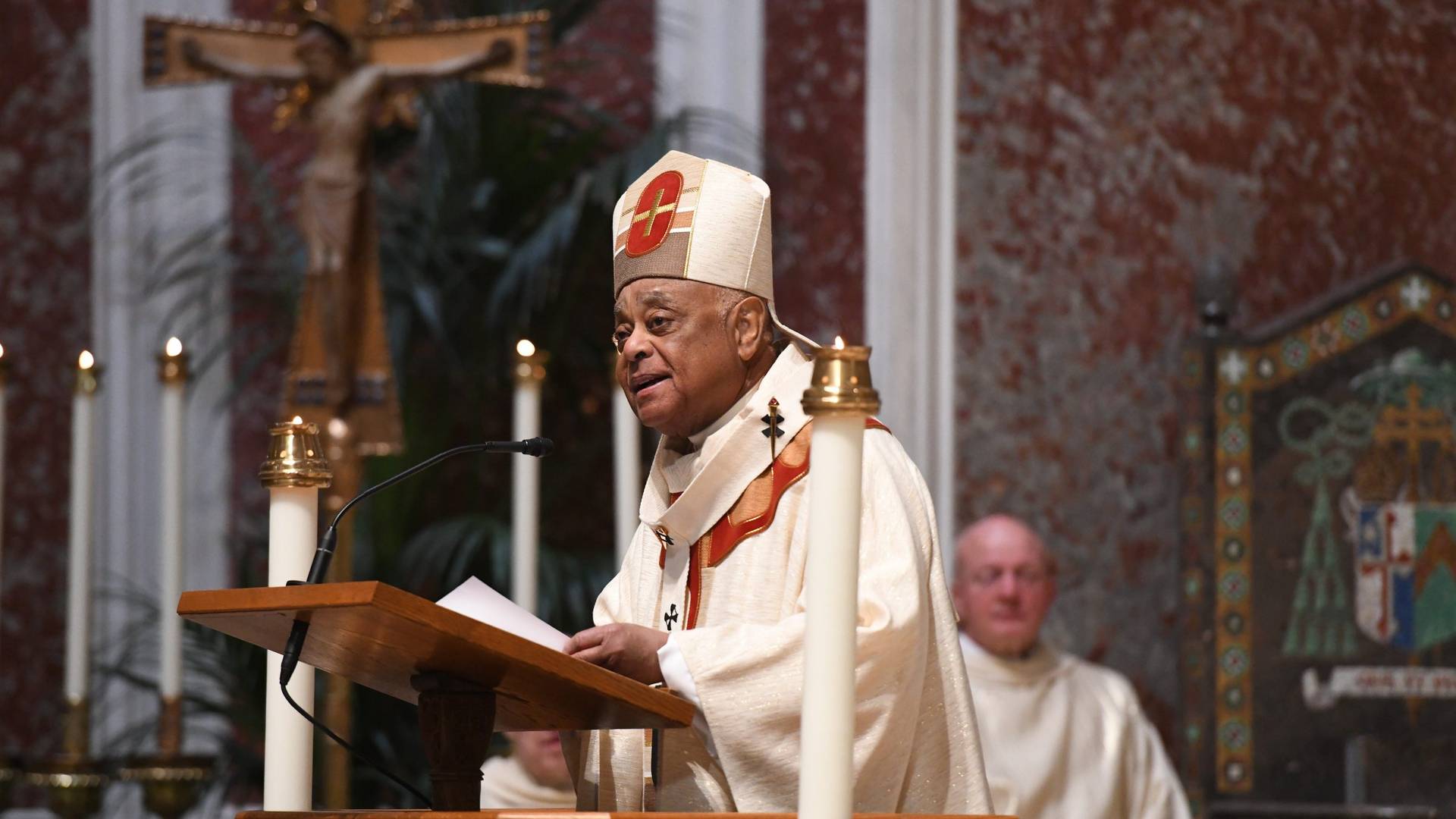NEW YORK — As the Catholic Church struggled to recover from the tumultuous effects of the Protestant Reformation, art historian Elizabeth Lev believes that it was the Church’s embrace of art that effectively saved the faith.
Lev, an American-born, Rome-based scholar, is one of the most sought after guides in Rome who makes the treasures of the Eternal City more relevant than ever.

In her new book, How Catholic Art Saved the Faith: The Triumph of Beauty and Truth in Counter-Reformation Art, Lev chronicles how individuals such as Michelangelo and Caravaggio, and lesser-known artists such Annibale Carracci and Lavinia Fontana, turned to stone and canvas to combat challenges to the faith.
In an interview with Crux, Lev makes her case as to why, both then and now, the Catholic imagination is never out of fashion.
Why after the Protestant Reformation, where language (95 theses, in fact!) had been used to contest Catholicism, did the Church turn to art to recapture the essentials of the faith?
The printed word can be painful, as anyone who has been trolled on the Internet will tell you. In the wake of Martin Luther’s famous theses, a flood of printed pamphlets overwhelmed people with conflicting information, polemical statements, and sometimes outright name-calling.
While the Catholic Church excelled at scholastic tomes, literary click bait was not its forte, so it turned to art, where it had 1300 years of experience of communication through images. While the Protestants were debating to clast or not to clast with icons, the Catholic were sponsoring beautiful images that would draw people together, gazing in the same direction at artwork designed to point to the divine. These paintings still attract millions of viewers today, even though many tourists no longer understand the teachings or the stories behind them. It was a brilliant PR coup, deploying artists as visual preachers to the public.
Most people know the works of Michelangelo or Caravaggio, but who are some lesser-known artists of the time whose work packed a catechetical punch?
In Bologna, the second most important city of the papal states, Annibale Carracci founded a school to revive art after the Reformation. Along with his brother Antonio and his cousin Ludovico, they trained some of the greatest painters of the age, who went on to work for some of the most prestigious churches and religious orders in Italy.
In How Catholic Art Saved the Faith, I focus a great deal on Annibale because of his strikingly innovative renditions of Christ’s Baptism or the Crowning with Thorns. Another unsung genius is Federico Fiori, aka Barocci, who specialized in the use of mesmerizing color. His work was so entrancing that St Philip Neri swooned in front of his Visitation. But my favorite — and the one I was most proud to feature in the book — is Lavinia Fontana, the first professional female painter.
Sponsored by religious, nobles and prelates, she overcame considerable prejudice among her fellow painters to be the first woman to produce an altarpiece – plus she was happily married with 11 children, so she really did have it all – fame, fortune, family and faith!
You make the claim that Catholic art saved the faith. Can you point to any present-day artists or artistic creations that offer that same effect?
The creativity of visual artists has the potential to reawaken a love of the faith and the story of salvation, and not only in the classical media of painting and sculpture. While there are many gifted men and women working in the fine arts today, the modern era of sensationalist, superficial or meaningless art has left people distrustful of those media and their capacity to convey goodness or truth.
Cinema and television, on the other hand, have demonstrated a tremendous ability to persuade the public through glamour, humor or simply great talent, but usually transmit a very different message from that of Michelangelo or Caravaggio. TV and film approach Catholic concerns as anachronisms to be mocked at best, and entirely discarded at worst (Think Game of Thrones, The Davinci Code, or The Borgias).
Much of your life is spent in the Vatican museums. In your view, besides the Sistine Chapel or the Raphael rooms, which works within the Vatican’s collection tends to grip viewers the most? Why?
The Belvedere palace, where Pope Julius II founded the Vatican Museums. Upon his election as pope, he donated his ancient sculpture collection to the Vatican, including the Apollo Belvedere and the Laocoon along with many other treasures. Although these works are not Christian, but were made by “pagan” artists, they so powerfully express human ideals and struggles, death and eternity that Pope Benedict XVI claimed that Laocoon “acquires its fullest and most authentic light in the Vatican context.” Visitors are amazed to see how Michelangelo taught these profane works to “speak Christian” as he transformed them into his most famous works, the Pietà and the Sistine Chapel ceiling.
Plus, the nudity of those statues challenges the public’s conception of a prudish Church, afraid of the human body. It was the Pope who opened this atelier where an artist like Michelangelo could be free to create his heroic Christian nudes, such as Adam and Eve of the Sistine ceiling and Christ and the martyrs in the Last Judgment. These figures were such a perfect synthesis of the ancient ideal of beauty and the Catholic belief that the body is destined for heavenly glory, that Saint John Paul II referred to the Sistine Chapel as the “Sanctuary of Theology of the Body.”
The Met Museum’s blockbuster exhibition earlier this year on “Heavenly Bodies: Fashion and the Catholic Imagination” broke attendance records. Is that a sign that the Catholic imagination continues to sell — even among the secular elites in New York?
The Catholic imagination is never out fashion – Caravaggio was one of the biggest exhibitions in history, Leonardo da Vinci’s Salvator Mundi is the most expensive painting in history, and novels about Bernini or Leonardo top the bestseller lists. The beauty and creativity unleashed by Catholics, whether in painting, architecture, music, literature, wine (think of the Benedictines’ exploration of terroirs in Burgundy) and the lives of the saints has drawn believers and non-believers for centuries. The problems arise when people want to devoid this rich imagination of the Catholic element. One example would be St Francis the Tree-Hugger as opposed the poor man from Assisi who gave up everything for Christ, or using the sexuality of Catholic artists as the interpretive lens for religious art.
In the case of the Met exhibit, the juxtaposition of ephemeral and the permanent was breathtaking. The vessels and vestments lent by the Vatican were made to contain water for baptism, bread and wine for the Eucharist or envelope the ordained minister – their exquisite workmanship is meant to point to the preciousness of the sacraments. They offer the faithful a glimpse of eternity. The expensive costumes of celebrities playing dress-up at a fundraiser were like crystals next to diamonds. Fashion is fleeting, but faith is forever.














